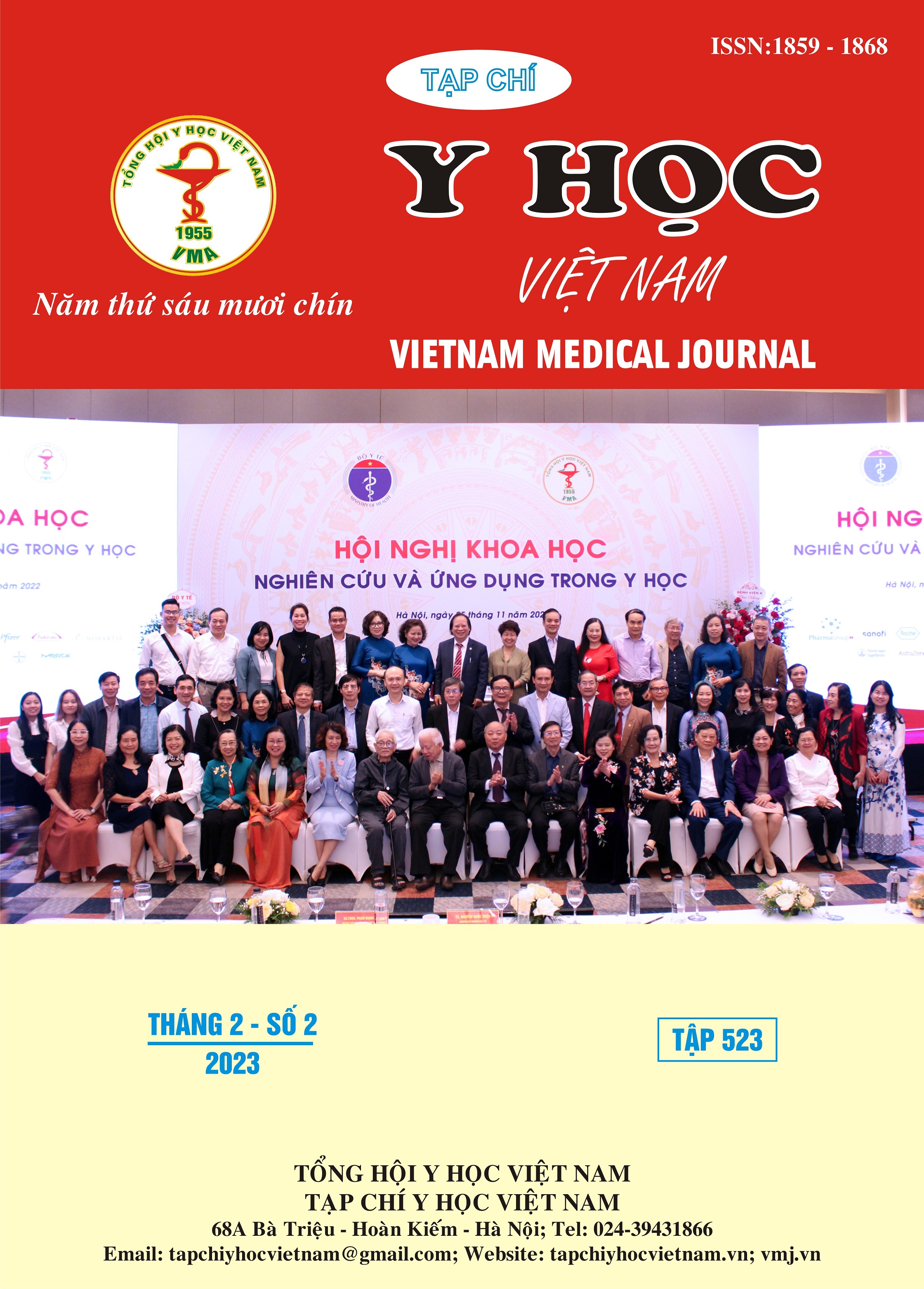THE OUTCOMES OF NONSURGICAL MANAGEMENT OF ACUTE SUBDURAL HEMATOMAS AT THAI BINH GENERAL HOSPITAL
Main Article Content
Abstract
Objectives: Clinical assessment, lesions on CT Scan and outcomes of non-surgical management of acute subdural hematomas. Methods: A descriptive cross-sectional study was conducted among117 patients with acute subdural hematomas underwent non-surgical treatment at Department of Spinal Neurosurgery of Thai Binh General Hospital, from February to August, 2020. Results: 117 patients, including 86 males (73.5%), 31 females (26.5%); youngest: 8; oldest : 96; Mean age: 53.84 ± 20.92. Traffic accidents accounted for (55.6%), household accidents (35.9%), violence (1.7%). Headache (88.9%); scalp hematomas (32.5%), head lacerations (31.6%); vomiting (23.1%). According to GCS: Mild (90.6%), moderate (7.7%), only (1.7%) severe. Nonsurgical treatment outcomes: good when being discharged accounted for (90.6%); fair (5.1%); moderate (1.7%); vegetative state (2.6%). Conclusion: Mild acute subdural hematomas underwent non-surgical treatment mostly give good outcomes. In treatment, it is necessary to pay attention to patients with associated lesions.
Article Details
Keywords
acute subdural hematoma, non-surgical subdural hematoma, traumatic brain injury.
References
2. Paul Bajsarowicz, Ipshita Prakash (2015 ), Nonsurgical acute traumatic subdural hematoma: what is the risk? J Neurosurg 2015 Nov; 123(5):1176-83.
3. Nicholas A Morris, Alexander E MerklerAdverse, et al (2016), Outcomes After Initial Non-surgical Management of Subdural Hematoma: A Population-Based Study. Neurocrit Care. 2016 Apr;24(2):226-32.
4. Thomas A van Essen, Hester F Lingsma, et al (2022), Surgery versus conservative treatment for traumatic acute subdural haematoma: a prospective, multicentre, observational, comparative effectiveness study. Lancet Neurol. 2022 Jul;21(7):620-631.


